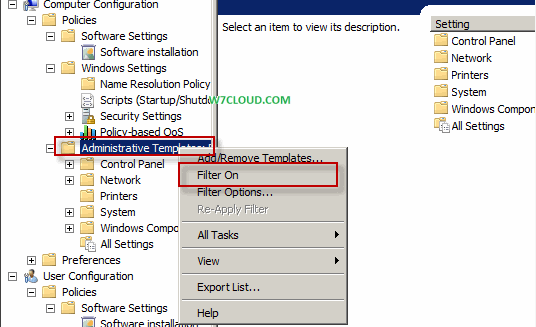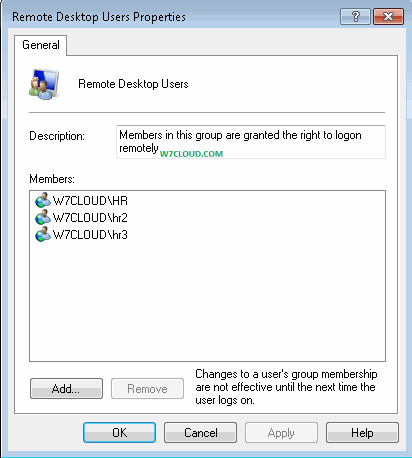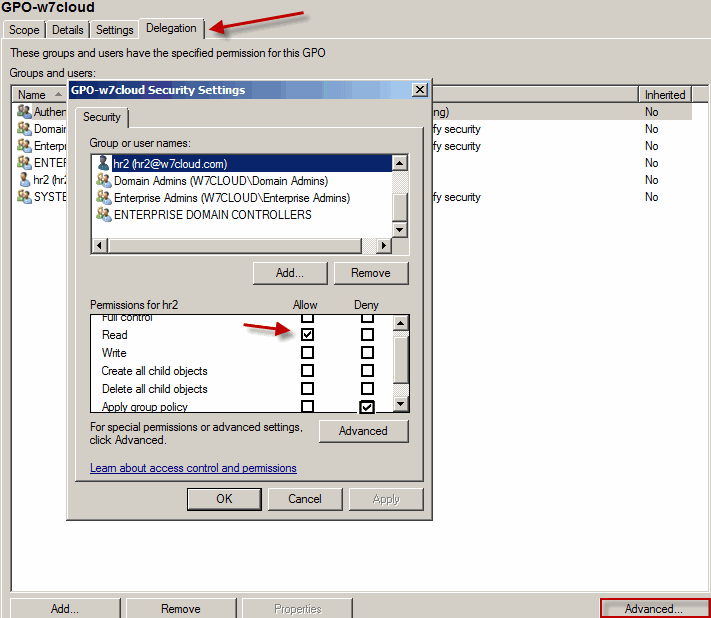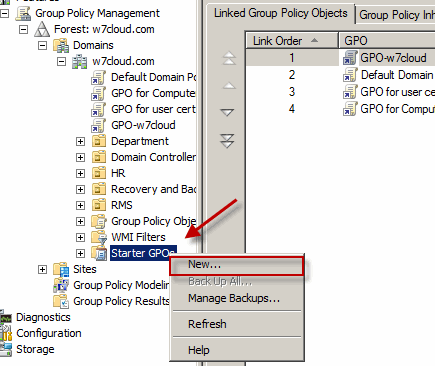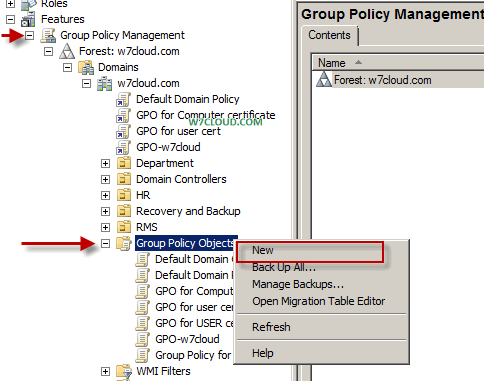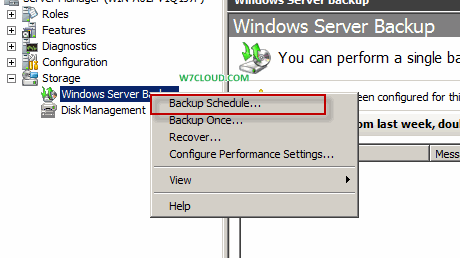Active Directory Definition | What is AD or Domain
Active Directory also commonly known as AD domain is a directory service for server operating systems, which is like a network database storage has resources-related information, including the location of resources, management information. These resources include users, groups, and computer etc.
Action Directory is Microsoft marketing term for directory services, this term is not original with Microsoft, there is a standard already exist there i.e. x.500 and LDAP protocol was there.
Novel is one of famous company which firstly has directory services.
Resources are stored in containers in active directory like users, computer etc and each have it own importance for example Users have user info, Sites has sites running under active directory. Schema is very important container, take track of all active directory objects Help in creating new objects.
What is Organizational Unit or OU?
Organizational Unit (OU) are use to Create logical group in AD, e.g. you have different dept. like sales, marketing, IT. You can divide these in OU for different policy implementation. OU are discrete unit that are use for easiest manage of Active Directory (AD) Resources.
Advantages of active directory:
Active Directory is Centralized: AD is centralized for example you are in environment where different Active Directories are running on Different Servers, when you create a user on one AD it automatically replication on all other Microsoft servers running in same networks. You have created a user on AD now you don’t need to create this user for exchange, print server and database server. First AD will replication this user info on the entire network. Thus you don’t need separate user name and password. You can access all service with one password. AD Object can be replicated if you can set time when objects are replicate.
Active Directory is Scalable: It means you can create as many users as you want it have no limit of creating object in active directory on server2008. But you need the storage space for these objects. Active Directory includes one or more domains, each domain has one or more domain controllers this, you can catalog the expansion of freedom, to meet the needs of all networks. Multiple domains can be combined into a domain tree, more than one domain tree can be merged into a forest. In the the easiest network structure of a domain, the domain is both a directory tree, and a forest.
Active Directory is Extensible: It gives the ability to edit schema and can add different feature in object. For example you can add photo for each user in AD which is not a default feature of AD.
Active Directory is Manageable:
Active Directory has many tools for management like PowerShell commands prompt. Also have GUI for resource management and can run different scripts for performing different tasks.
Security: AD is secure, traffic in encrypted which is difficult to crack even then someone manage to capture the traffic. Active Directory authentication define access control, access control can also be defined for each object, each attribute of each object in the directory.
DNS integration: you can easily integrate DNS record in active Directory, which resolve your IPs into Computer names and vice versa and provide you the easy understanding of your users with their computer names.
Policy-based management: Group Policy is applied to the computer or user configuration settings initialization. All Group Policy settings are contained in used in Active Directory site, domain or sector group policy object (GPO). GPO settings determine the access permissions on directory objects and domain resources, users can use the domain resources (such as applications), and these domain resources configured for use.









